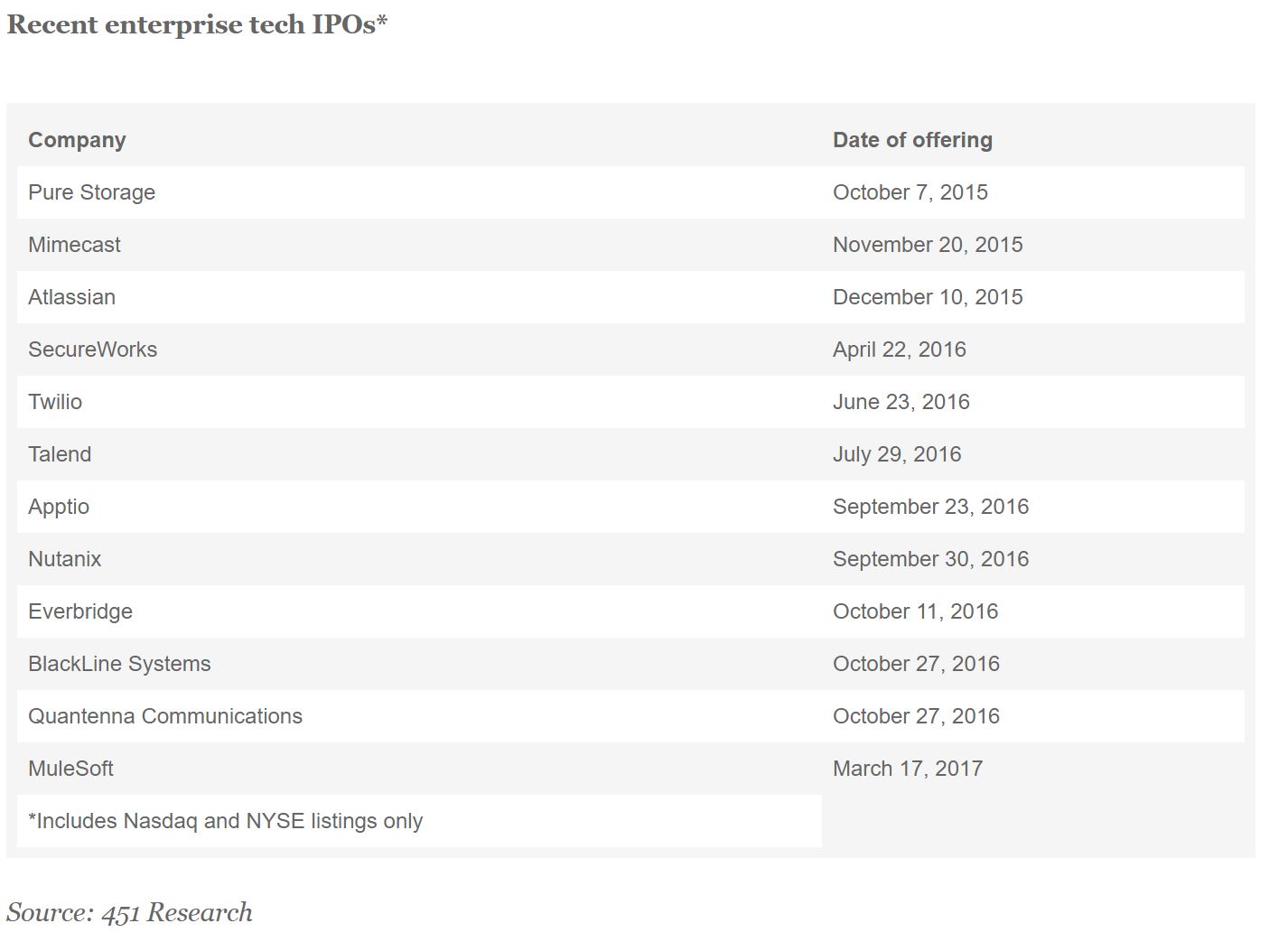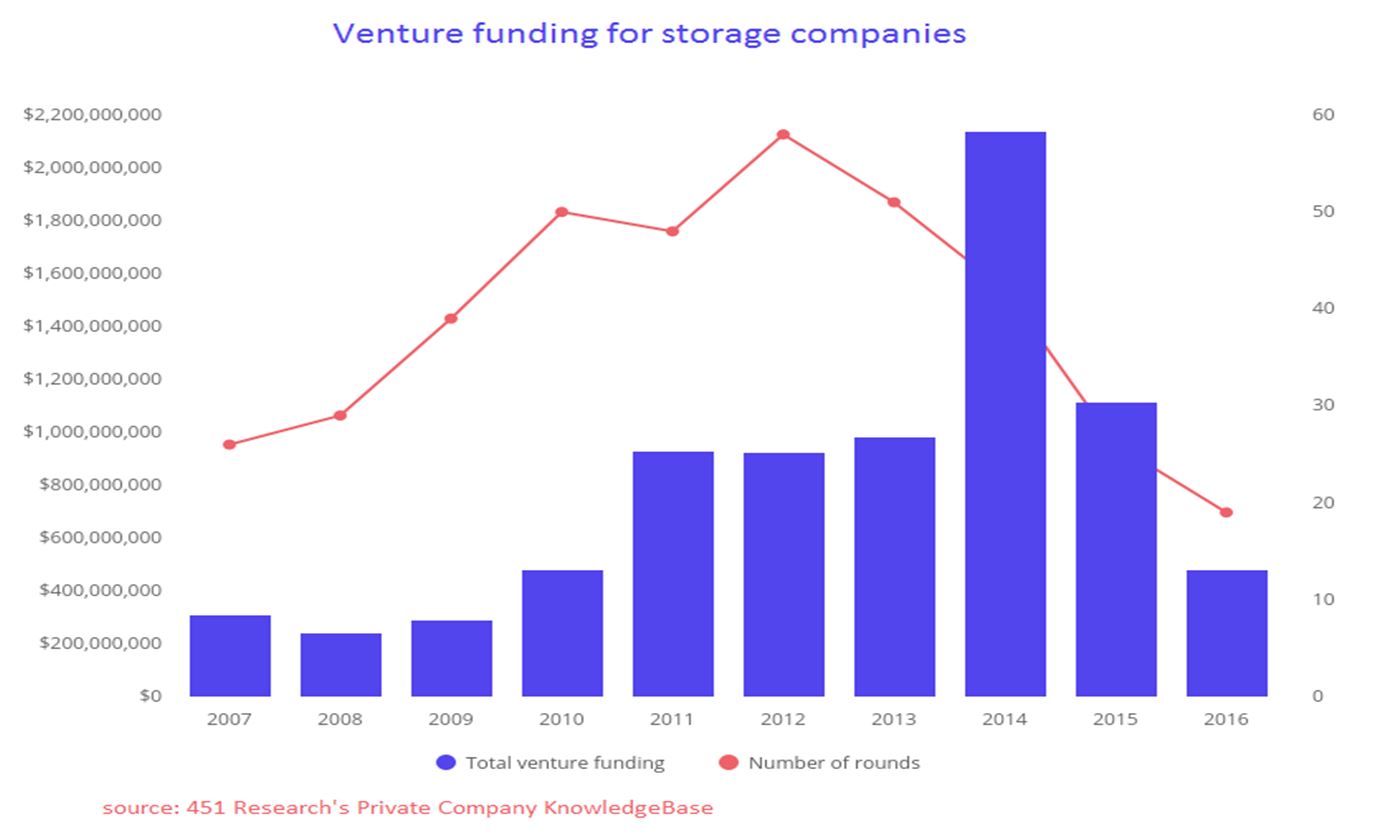Contact: John Abbott, Brenon Daly
The rollup continues at Ivanti, the PE-backed company that itself is a bit of a rollup, created from the combination of LANDESK and HEAT Software in January. In its second acquisition under its new name, the Clearlake Capital portfolio company reached for user workspace management and IT automation firm RES Software. Although terms weren’t disclosed, subscribers to 451 Research’s M&A KnowledgeBase can see our deal record and proprietary estimate of the price and valuation in this transaction.
For years, RES fought it out in the virtual desktop management space with direct rival AppSense, while LANDESK, once part of Intel, tried to hold its ground in traditional desktop management. In 2010, Thoma Bravo stepped in to buy LANDESK from its then-owner Emerson Electric for $230m, supplementing it with a handful of smaller firms and topping it off with AppSense in March 2016. (While larger than RES, AppSense garnered basically the same multiple as RES in its sale to LANDESK. 451 Research M&A KnowledgeBase also has estimates for the AppSense sale.)
In January, Clearlake stepped in to buy LANDESK, a transaction that we understand valued the company at $1.15bn. The PE firm combined it with its own portfolio company, HEAT Software — itself a combination of FrontRange and Lumension — and eventually gave the cobbled-together infrastructure software giant its new name, Ivanti.
The rechristened company offers products in four main areas: client management, endpoint security, IT service and support software, and enterprise mobility management. Overall, it employs roughly 1,300. RES, with roughly 250 employees, adds complementary software tools. The startup is strongest in user workspace management and automation tools, but also has an enterprise app store, file sharing and synchronization, IT service management desk, and (most recently) endpoint security. RES also brings more of a European focus – the company was founded in Holland in 1999 and maintains a fairly strong business in the Benelux region.
From a technical point of view, it’s likely RES Automation Manager will be the most valuable asset that can be cross-sold to the rest of the Ivanti customer base. Virtual desktop management is a maturing space that’s now mostly dominated by Citrix, VMware, Microsoft, AWS and Google, alongside a growing set of desktop-as-a-service providers using technology from one or more of those companies. This broad competitive pressure weighed heavily on RES’s valuation, as surely as it did in the sale of rival AppSense a little more than a year ago.




